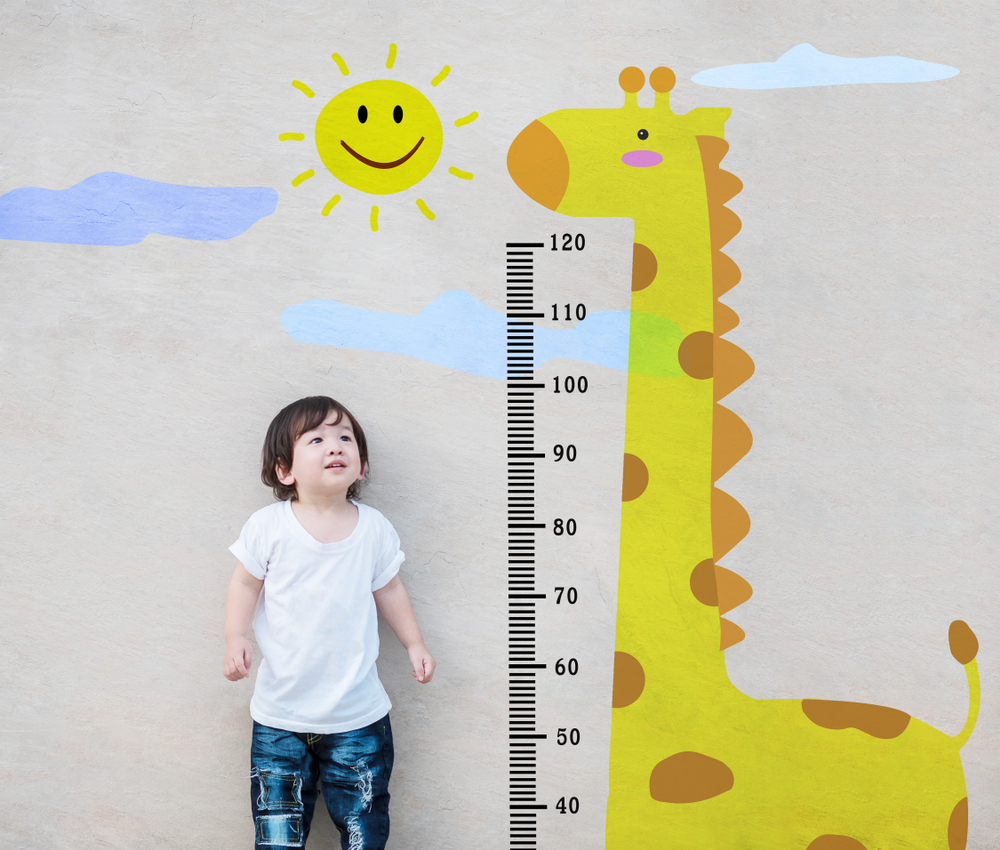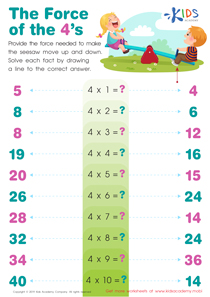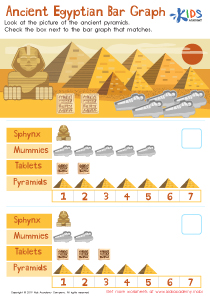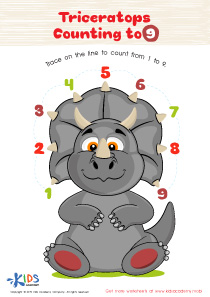Counting skills Easy Measurement Worksheets for Ages 3-8
5 filtered results
-
From - To
Discover our "Counting Skills Easy Measurement Worksheets" designed for children aged 3-8! These engaging worksheets help young learners develop essential counting skills through interactive measurement activities. Your child will explore numbers and quantities in a fun way, reinforcing math concepts as they measure everyday objects. Our colorful and clear worksheets make learning enjoyable, fostering creativity and confidence in math. Perfect for at-home learning or classroom use, these resources support early education goals, laying a strong foundation for future math success. Download a variety of counting worksheets today and watch your child thrive in their understanding of measurements and numbers!


Fruit Math: Picture Graphs Worksheet
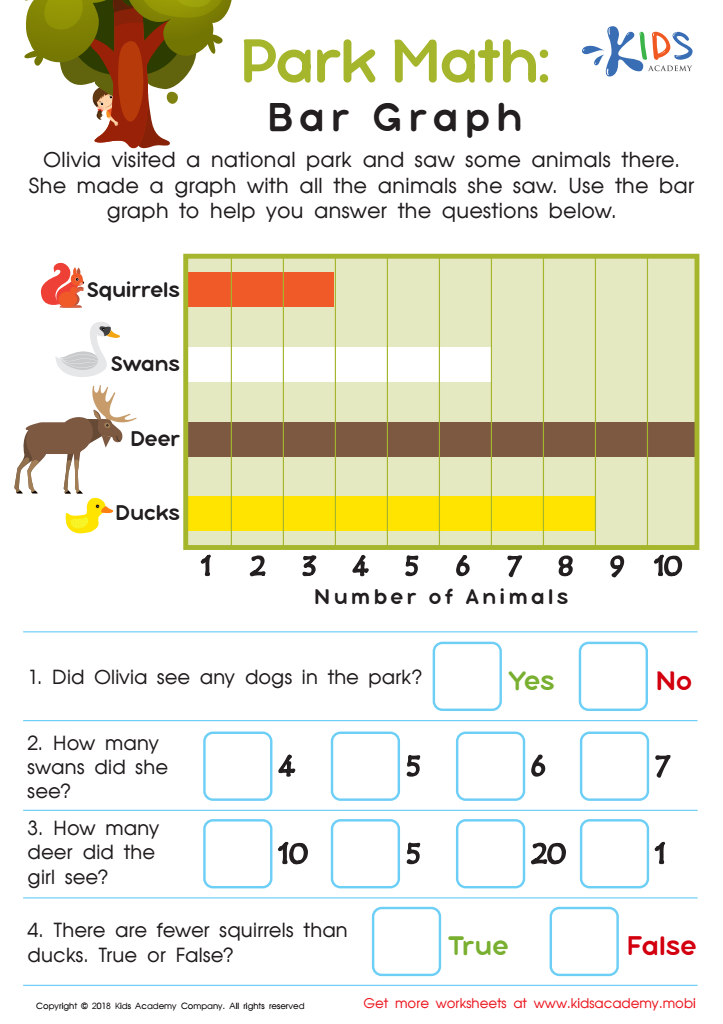

Park Math: Bar Graph Worksheet
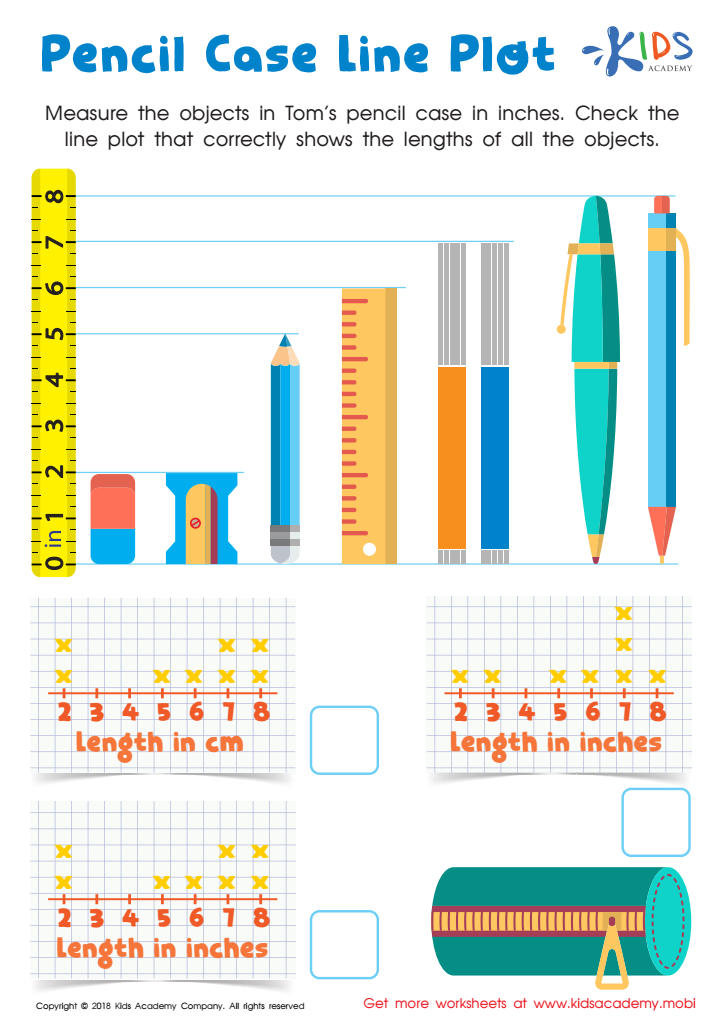

Pencil Case Line Plot Worksheet
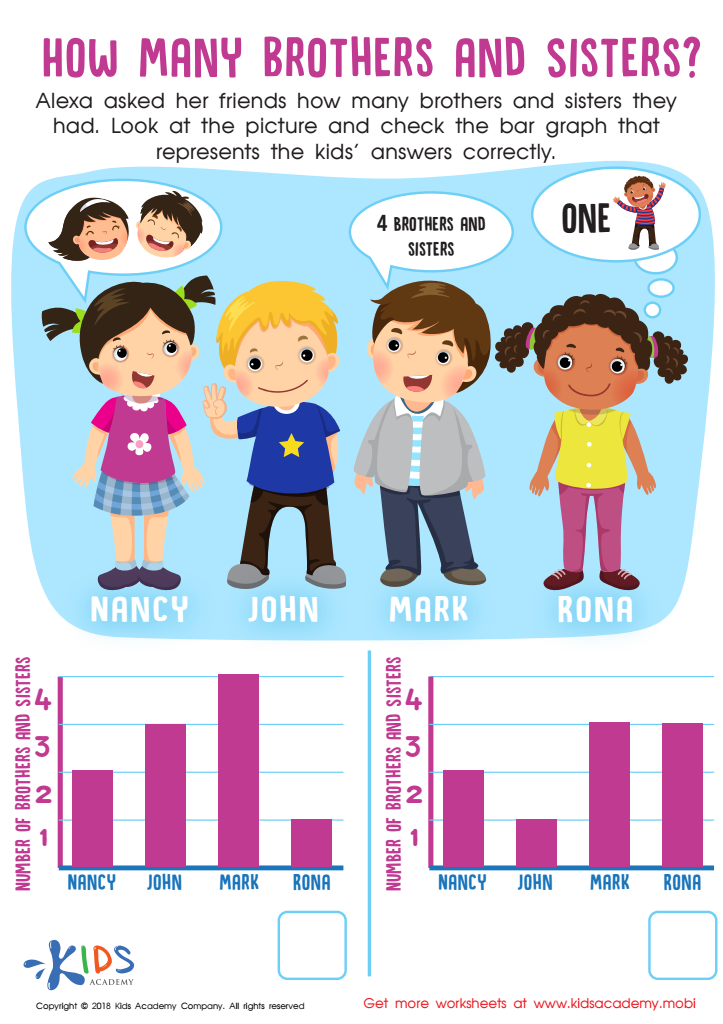

How Many Brothers and Sisters? Worksheet
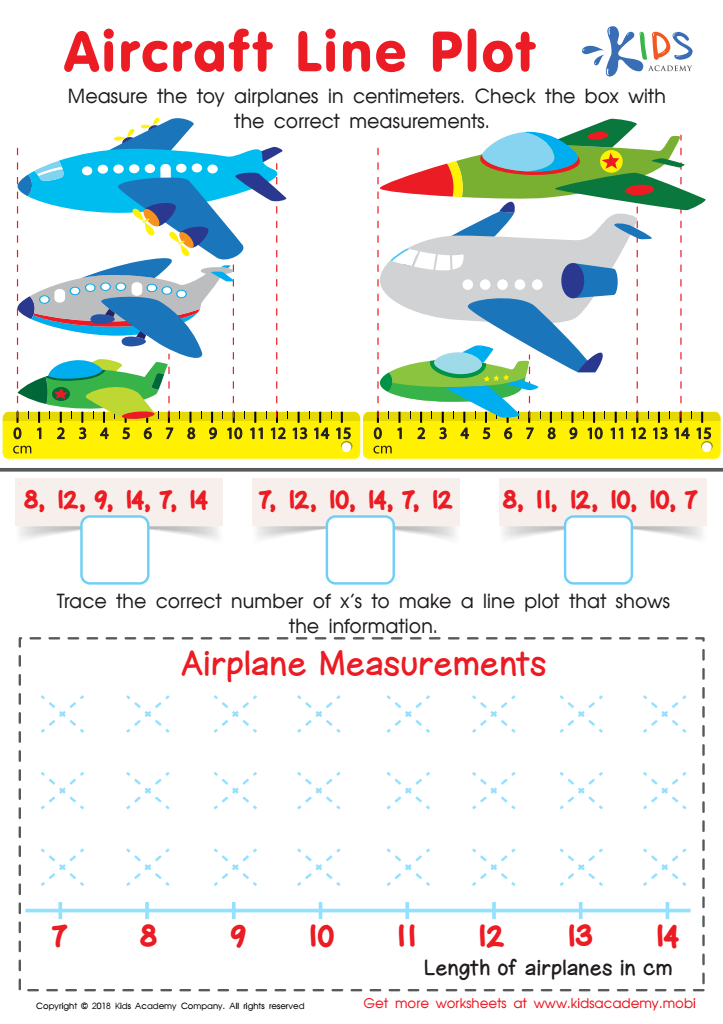

Aircraft Line Plot Worksheet
Counting skills and early measurement are foundational elements of early childhood education, significantly impacting a child's cognitive development and future academic success. For children aged 3 to 8, mastering counting and measurement concepts sets the stage for more complex mathematical understanding in later years. Engaging in counting activities enhances numeral recognition, one-to-one correspondence, and the ability to quantify objects, which are essential skills in both mathematics and everyday life.
Teachers and parents play a critical role in fostering these abilities. By providing age-appropriate counting games, interactive measurements, and real-world opportunities for children to practice these skills, they promote cognitive and sensory development. Understanding measurements not only aids in math but also encourages critical thinking and problem-solving abilities as children compare lengths, weights, and volumes.
Furthermore, these skills contribute to children's confidence in their abilities. When children develop a strong foundation in counting and measurement, they are more likely to approach math with a positive mindset, reducing anxiety as they progress through their educational journey. Investing time in these skills is key—early intervention can make a lasting impact on a child’s attitude towards learning and their proficiency in mathematics as they grow.
 Assign to My Students
Assign to My Students







